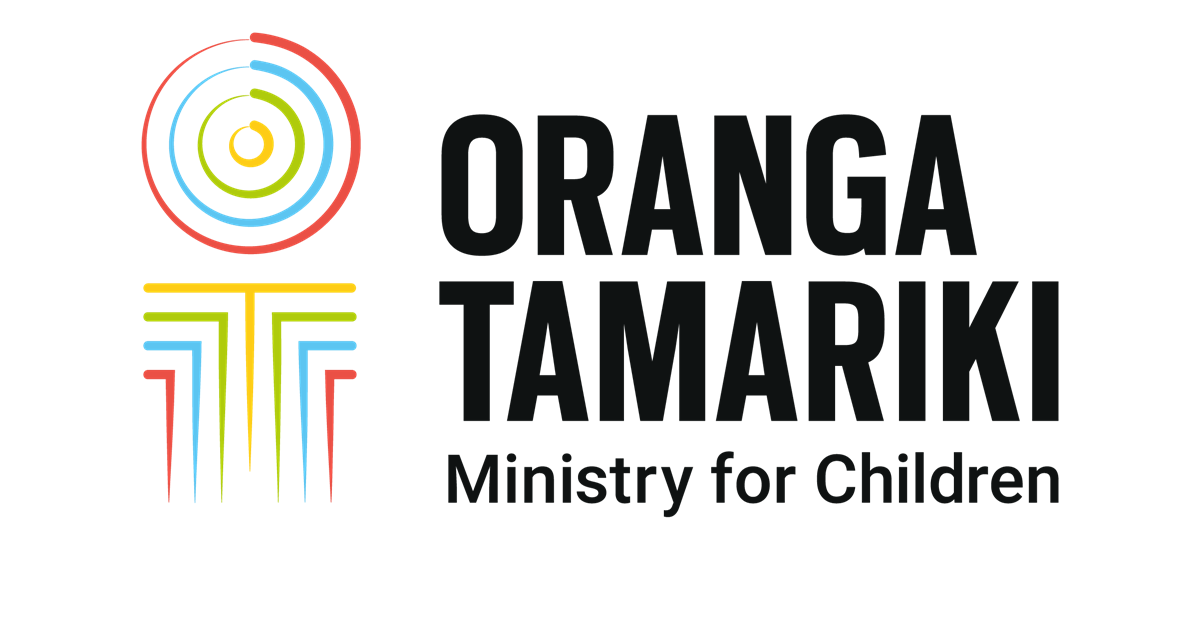Supporting tamariki Māori
We are working to reduce entries into care for tamariki Māori, connect them to whānau, hapū and iwi and enable culturally responsive services, with the help of our partners.
Making decisions with whānau, hapū, iwi and our partners as well as providing more support for tamariki and whānau to prevent entry into our care system are some of the ways we’ll deliver on this commitment. It’s part of the system change that we are seeking to achieve through legislative amendments such as section 7AA of the Oranga Tamariki Act 1989.
Section 7AA requires us to improve outcomes for tamariki Māori. We can’t do this alone. Iwi, Māori organisations and all our partners who provide services to tamariki Māori and their whānau play a critical role in our mahi.
How we're doing
For information about how we're doing to help improve outcomes for tamariki and whānau Māori, read:
Whānau, hapū and iwi care
We have partnered with iwi and Māori organisations to establish Whānau Care and engage with them to help design their own models of care for their tamariki and whānau.
Strategic partnerships with Māori
Enabling culturally responsive services
Kairaranga-ā-whānau is a specialised Māori position which includes researching whakapapa alongside whānau, hapū and iwi to strengthen connections for tamariki. Kairaranga also facilitate hui to bring whānau together to find solutions for the wellbeing of their tamariki and rangatahi.
Evaluation shows that kairaranga-ā-whānau and other Māori specialist roles are helping to improve outcomes for tamariki Māori.
About Kairaranga ā-whānau
Real-life example
Te Rūnanga o Ngāi Tahu has worked alongside our Ōtautahi East site to ensure that all tamariki Māori who need a placement and who whakapapa to Ngāi Tahu are cared for by Ngāi Tahu whānau. As a result, there are no known Ngāi Tahu tamariki Māori being cared for by non-Ngāi Tahu whānau.
The Te Waiharakeke site has one of the lowest numbers of tamariki Māori in care across the motu and that has been consistent for the last 3 years. What's helped keep tamariki Māori within whānau, hapū and iwi are the partnerships the site has with 7 iwi, and the Māori Women’s Welfare League. Other contributing factors are the Māori model of care that has been designed and developed in partnership with the iwi and the Māori Women’s Welfare League Advisory Board, plus specialist Māori roles at the site.
Published: November 17, 2023

